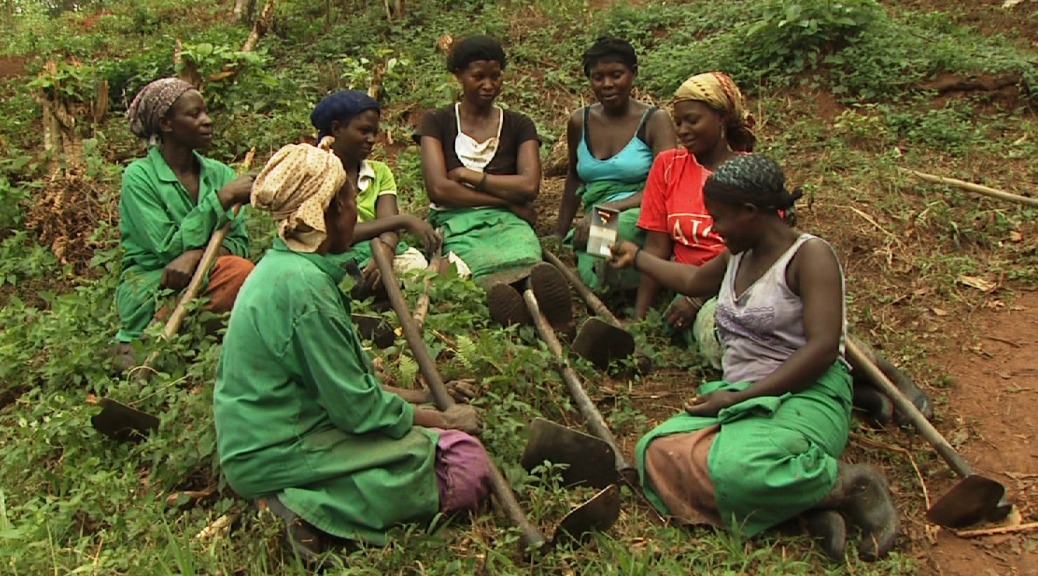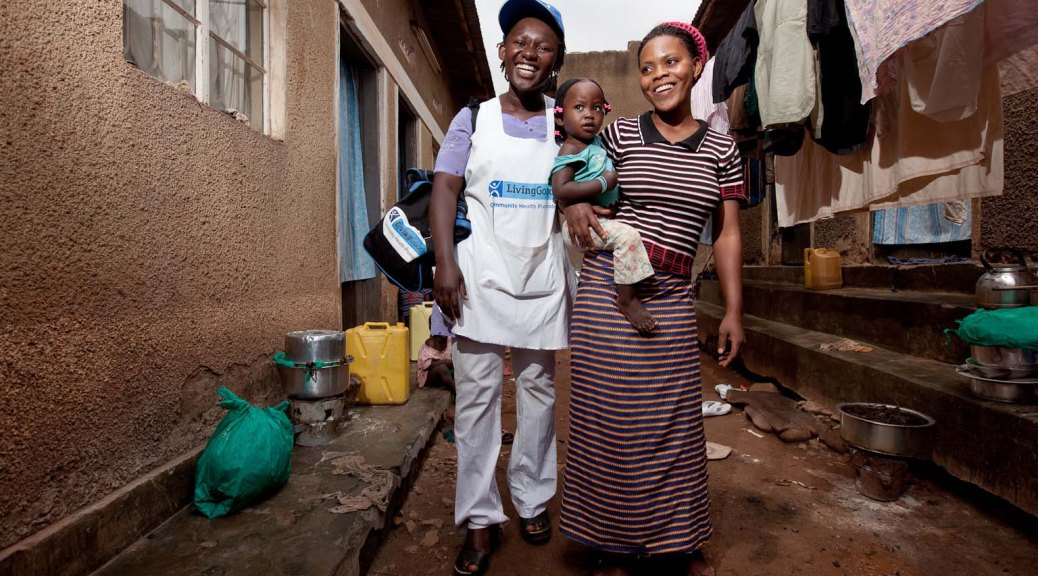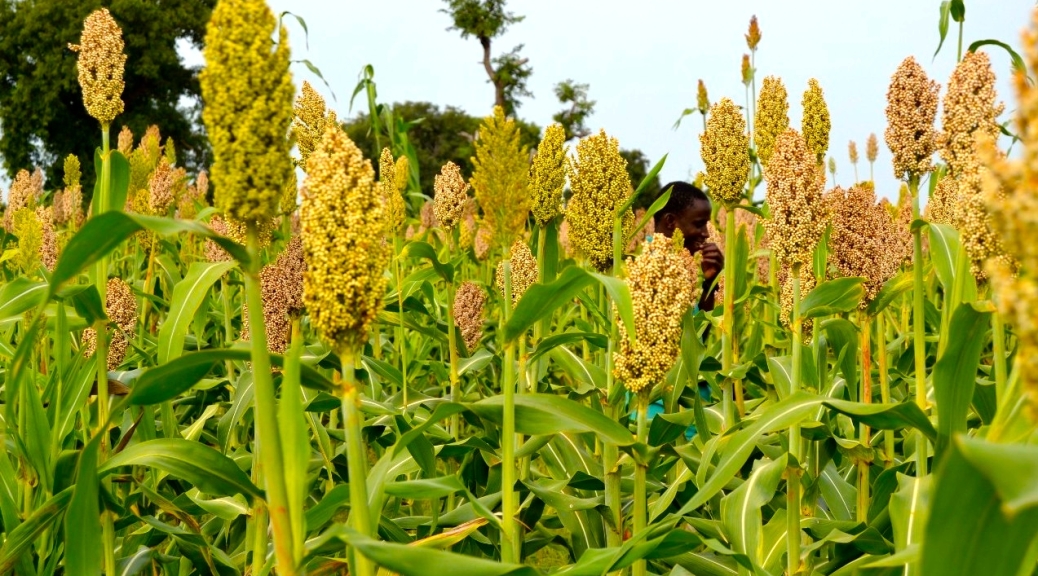Some books just fall into your hands at just the right time, and for me Matt Andrews’s The Limits of Institutional Reform in Development was just such a book. If you’re wondering why international institutions are so damn bad at helping developing countries govern themselves better, it really belongs on your reading list.
But actually, the facts reported are as much of an eye-opener as the argument. The sheer number of internationally-backed institutional reforms your average developing country has gone through startled me. Andrews cites the case of Honduras, which has undertaken fifty-nine separate World Bank backed reforms since 1988. Fifty-nine!
They cover just about everything. Banking, trade, privatization, civil service reform, public financial management, civil service payments, procurement, competition, external auditing, procurement monitoring, results-based management, anti-corruption, participatory budgeting, merit-based hiring and performance based compensation. Several of these, like civil service reforms, are “hardy perennials” that seem to crop up again decade after decade.
The bloat is multidimensional. And notice: that’s just the reforms backed by the World Bank, before we even start talking about the agendas pushed by IMF, IADB, WTO, USAID, DFID, etc. etc.
It goes without saying that, 59 reforms later, Honduras is just as badly governed as before.
In Andrews’s telling, this volume of partner-driven reform activity is by no means unique to Honduras. The Bank requires all sorts of developing countries to jump through various reform hoops before it’ll approve a loan, so all kinds of countries makes a show of approving the desk-based portion of reforms as a signalling mechanism, with no real commitment or intention to really follow through.
That part sounds about right, though it does rather beg the question of why the Bank keeps falling for it again and again. Then again, bank staffers are compensated for the number of reforms “satisfactorily adopted”, not by the number that actually work, so maybe it’s not that big a mystery.
But to me the bigger question is normative. Readers know I don’t usually have much truck with handwringing about neoliberal imposition. But that probably betrays my biases as a guy from an upper-middle-income country with lots of oil that’s seldom had to jump through hoops to qualify for a desperately needed loan. But c’mon, Honduras is averaging well over two semi-imposed, voluntary-in-name-only reforms per year!
Can this really be right?
At the very least it looks like a colossal waste of resources. Who can put a cost on the wasted bureaucratic energy spent on approving reforms nobody ever seriously intended to implement?
But at worse, it looks like a hijacking of basic governance processes. At that pace of imposition, what can “democracy” really mean for a country like Honduras? And what chance for Honduras to strike out creatively and find its own ad hoc solutions for its own unique problems when all its institutional energy has to be devoted to dreaming up fake paper reforms designed to do nothing beyond get that next tranche of loan released?
The opportunity cost to outsider driven reform is enormous. Because whatever it is you’re doing when you’re chasing that next loan tranche, what’s clear what you’re not doing: Problem-Driven Iterative Adaptation.









